The Cobalt Works (Blaafarveværket) at Modum, Buskerud, was Norway's first big industry – and for a while its most profitable. It was also the country's largest employer – up to 2,000 people in its heyday were either employed here, or made a living directly related to the works. At that time Blaafarveværket exported up to 80% of the world's cobalt, which was sold to countries as far away as China and Japan.
Later Blaafarveværket attracted several artists, who followed their friend Frits Thaulow to Modum (his uncle was the local doctor at the works). Many have painted motives from the area. For the past 40 years, art has played a big part in drawing visitors to the works, and Blaafarveværket has established a reputation for its outstanding art exhibitions.
One of Norway's most visited attractions, with 200,000 visitors every summer, Blaafarveværket is today a cultural museum offering precious insights into Norwegian art, history and industry – only 80 kilometres from Oslo.
.jpg)
Frits Thaulow's Winter by the Simoa River (1883).
The Cobalt Mines
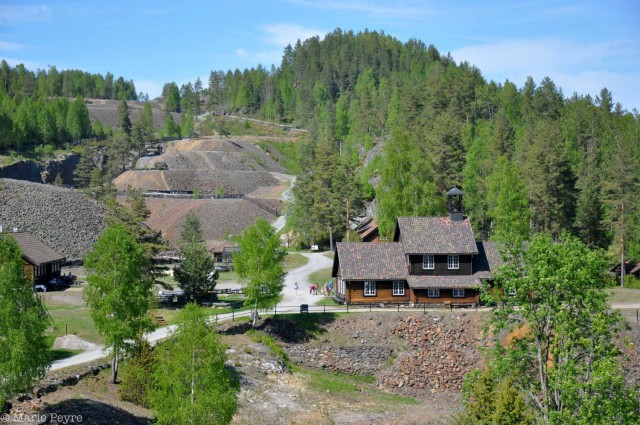
The Cobalt Mines. Photo: Marie Peyre
The entrance to the Cobalt Mines is located 350 metres above sea level, and affords great views over the area. The unique cultural landscape around the mines, created by the miners who dug out millions of tons of stone from the mountain, is testimony to both the size and painstaking nature of the work that was once undertaken here.
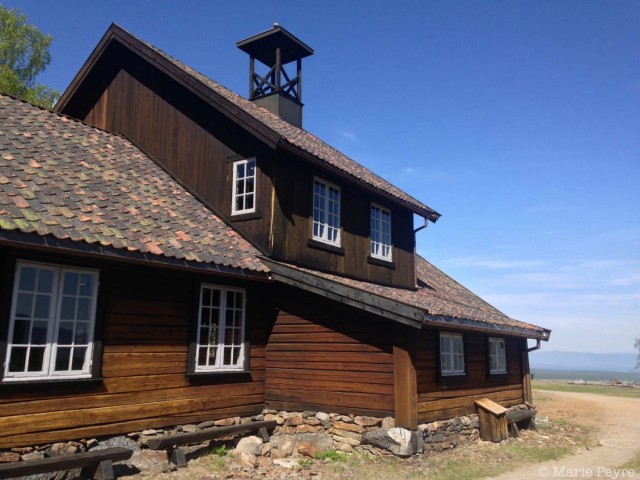
Inside, the mines offer a glimpse into another age, as time stands still in the cold, dimly lit tunnels. The rock in the mines was extracted by heating, then rapidly cooling, later by hand-drilling and explosives. Guided tours in the mines are available daily in season.
The Cobalt Works
The main building, Glasshytten (the glass smeltery) once housed the factory's two big glass melting furnaces. Today part of the building is occupied by a small museum recounting the history of the works, while the main room is used for special events and private parties. The building next door, Mølla ('The Mill'), boasts an interesting collection of antique cobalt blue glass and porcelain – as well as a well-stocked gift shop.
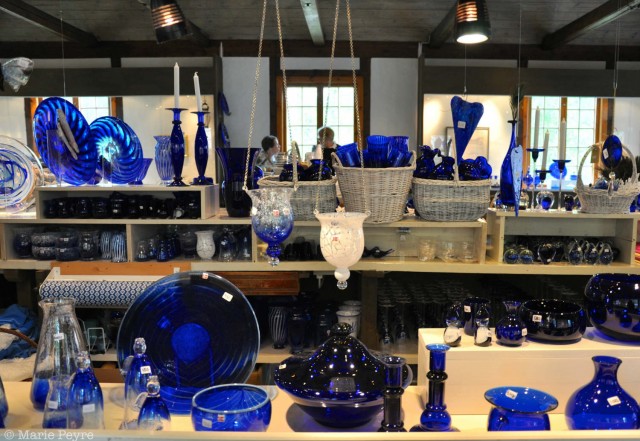
Inside the shop at Blaafarveværket. Photo: Marie Peyre
It is the summer art exhibition at Blaafarveværket, though, that draws most visitors to the works today, and indeed is a highlight of any visit. This year's delightful exhibition, 'The dream of a garden', features paintings by some 40 Norwegian and Scandinavian artists reflecting on the significance of the Nordic garden.
From here you can take a short stroll up the hill to Haugfoss Waterfall, where the Simoa River tumbles 39 metres down a wide rock face. This is where the crushing works were once located. The mighty falls make for a great photo stop. Enjoy a bite to eat in the Thranestua Café (the blueberry pancake is a local speciality) or browse the wares inside Haugfossbutikken, an old-fashioned country shop offering sweets, vintage goods and a large range of stones, jewellery and minerals.
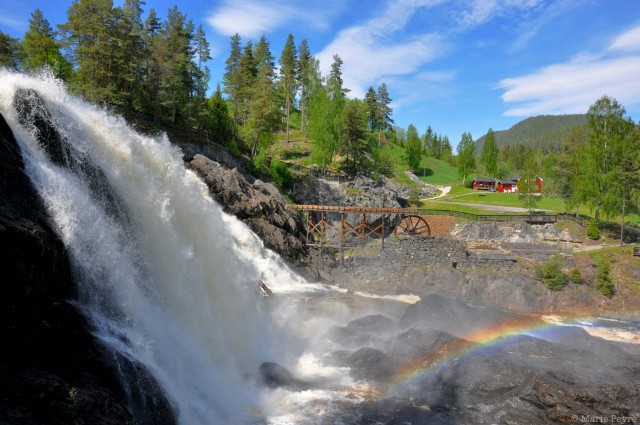
Haugfoss Waterfall. Photo: Marie Peyre
Nymoen and Nyfossum
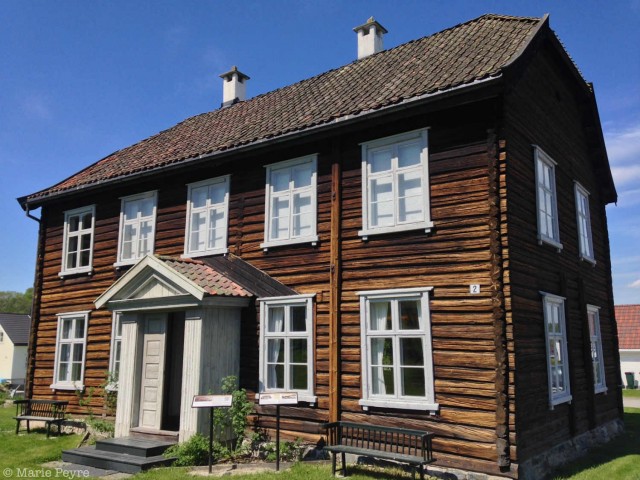
Nymoen School. Photo: Marie Peyre
Further up along the road, the former residence of the Technical Director at Blaafarveværket, picturesque Nyfossum, is surrounded by lush grounds, including a herb garden, rose bushes, apple trees and a pond. Inside the main building the rooms have been carefully restored to their original state, as they would have been back in the 1840s, when Friedrich Roscher and his family lived there.
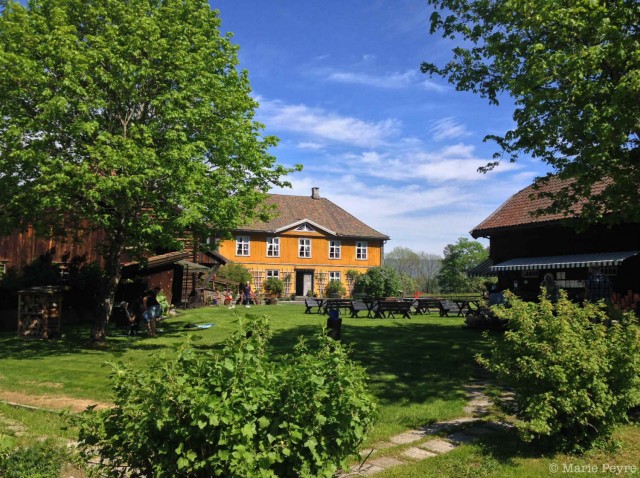
Nyfossum. Photo: Marie Peyre
The adjoining timber barn hosts temporary art exhibitions. Don't miss Marit Roland 'Paper Drawings #20' this summer: the sheer size of her paper installations is impressive (several hundreds of kilos of paper have been used in the making of these giant ephemeral 'sculptures'), but even more interesting is the way they turn paper, traditionally seen as a support to draw on, into a work of art in its own right.
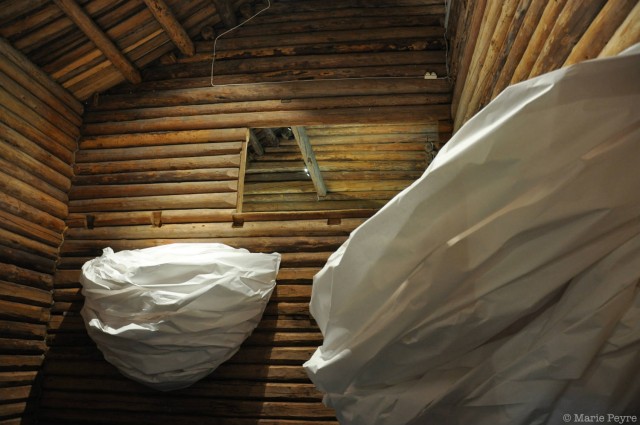
Marit Roland's Paper Drawings. Photo: Marie Peyre
Other attractions and activities
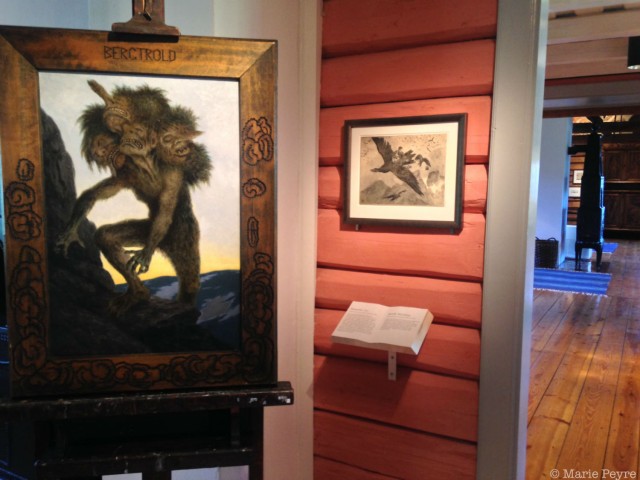
Kittelsen Museum. Photo: Marie Peyre
Hiking and cycling are other options. There are several marked trails in the area, including a short cultural walk around the Haugfoss Waterfall, and several hiking trails by the quarries at Gruvetråkka. Bikes are also available for hire, but be aware that the road from the works to the mines is steep in parts.
Popular with children is the little ferry across the Simoa River (you have to propel it yourself by pulling the ropes) and the Children's Farm, where youngsters can see goats, sheep, calves, horses, rabbits, pigs and more.

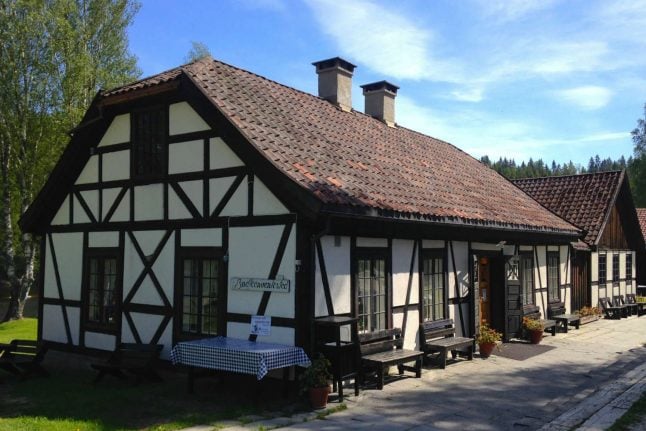
 Please whitelist us to continue reading.
Please whitelist us to continue reading.